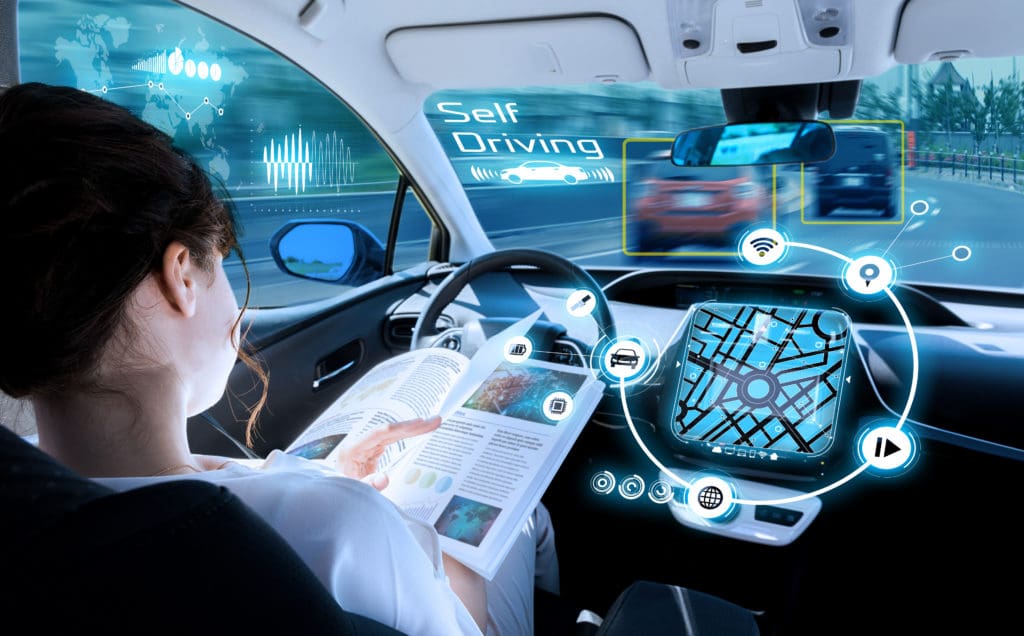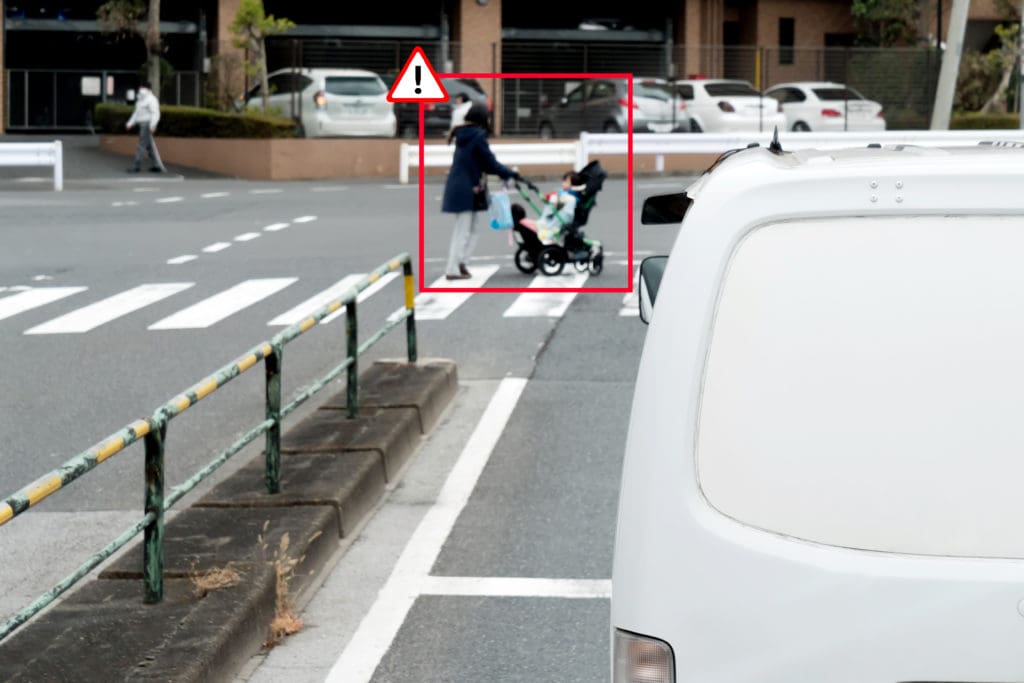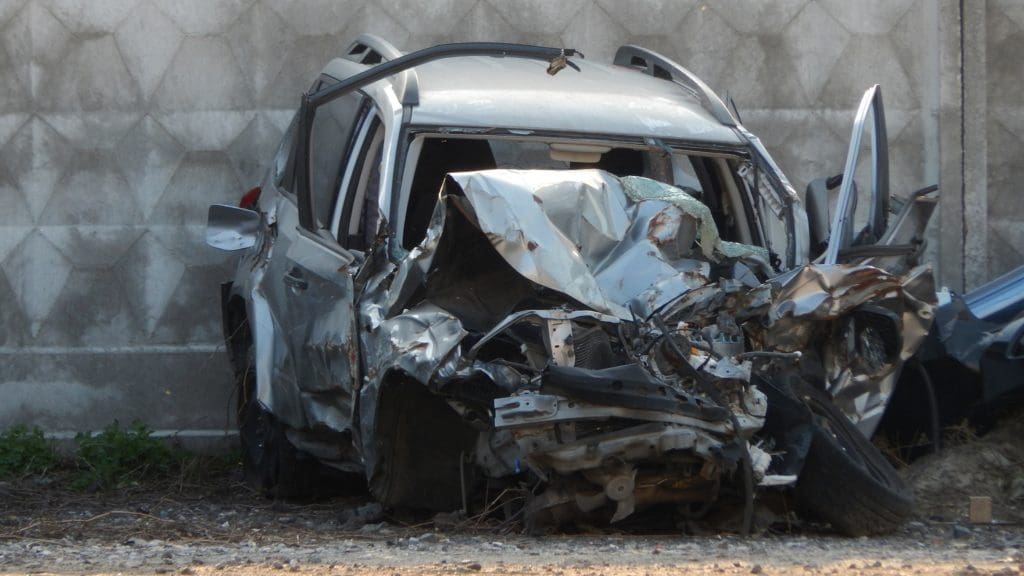Self-Driving Cars: The Future of Transportation?
Once the stuff of science fiction, self-driving cars draw closer to widespread use every day. Limited autopilot functions, such as assisted parallel parking, have entered the feature list of new cars over the past decade. The technology has virtually limitless room to grow. The growing rideshare sector, particularly Uber, has been at the forefront of developing, testing, and investing in autonomous vehicle technology. But what laws govern these vehicles? What setbacks have they suffered in their development? What legal recourse do you have if you’re injured in a self-driving car accident? Is there such a thing as a self-driving car accident attorney? We’ll be unpacking all of this in today’s blog post.
The History of Self-Driving Cars
The development of self-driving or remote operated automobiles stretches back almost to the invention of the automobile itself. Remote radio operated cars were being shown as novelty attractions even in the 1920s. It’s not a stretch to say that people have been imagining cars that drive themselves almost as long as we’ve been driving cars.
However, modern technological developments have allowed for a truly-self-driving car, capable of reading and interpreting its surroundings and navigating a safe path through. This is generally achieved by a combination of technologies. Cameras, GPS, and so-called “lidar” systems, which measure distances between the vehicle and a given object via a pulsing laser light, enable autonomous vehicles to read the terrain.
The Laws Around Self-Driving Cars
It should come as no surprise that a new type of vehicle will require a new type of law to regulate it. The NHTSA already has set of guidelines for self-driving cars. In addition, many states are passing their own laws on this subject. One of the common safeguards to protect pedestrians and human drivers from faulty autonomous vehicles is mandating a human driver that can take command of the vehicle if the computer encounters a problem it cannot solve.
Another common autonomous vehicle statute is meant to facilitate the development and deployment of autonomous trucks in close-knit clusters or “platoons.” The idea being that if these trucks drive in tight formation they can reduce air resistance and save fuel. This would reduce both their economic and environmental impact.
North Dakota has become a national trendsetter in regulating the camera and sensor apparatus of self-driving cars. The state department of transportation has been directed to study the data collected through the sensors of these vehicles. Hopefully this will ensure the consumer’s privacy is respected and protected.
A Real-World Self-Driving Car Accident
Vehicles of this nature are already being tested in American cities, most notably Pittsburgh and San Francisco. A variety of firms are involved in these efforts already and more are sure to follow. Ridesharing giant Uber has already made itself synonymous with self-driving car development, a station which has brought it both good and bad press.
Uber’s previous tests in Arizona were suspended permanently following the death of a 49 year old woman in Tempe who was struck by one of the test vehicles while crossing the street. This tragedy may have set a legal precedent as the first ever pedestrian death due to a self-driving car accident. While no court case was formally conducted, an investigation by the National Transportation Safety board split the blame between Uber, the victim, and the vehicle’s human safety driver, who was distracted at the time of the accident. The report also placed blame on the federal government’s failure to regulate the industry. Uber settled out of court with the victim’s family for an undisclosed sum.
If You’re Injured in a Self-Driving Car Accident
The greater DC metro area has so far been immune to the self-driving car wave. But realistically, it’s only a matter of time. Virginia has already passed laws regulating autonomous vehicles. Both industry and government forces are pushing for development and mainstreaming of this technology within the coming decades. Many of its most dedicated boosters are adamant that self-driving cars will reduce accidents and make our streets and highways safer. But “safer” is relative. A self-driving car in every garage means a potential self-driving car accident on every street corner. Malloy Law Offices is dedicated to staying ahead of new developments in technology that may put ordinary people at risk of serious injury or wrongful death. If you or a loved one was injured in a car accident, contact us today for your free consultation. We’ll fight for you, whether there was a human behind the wheel or not.




